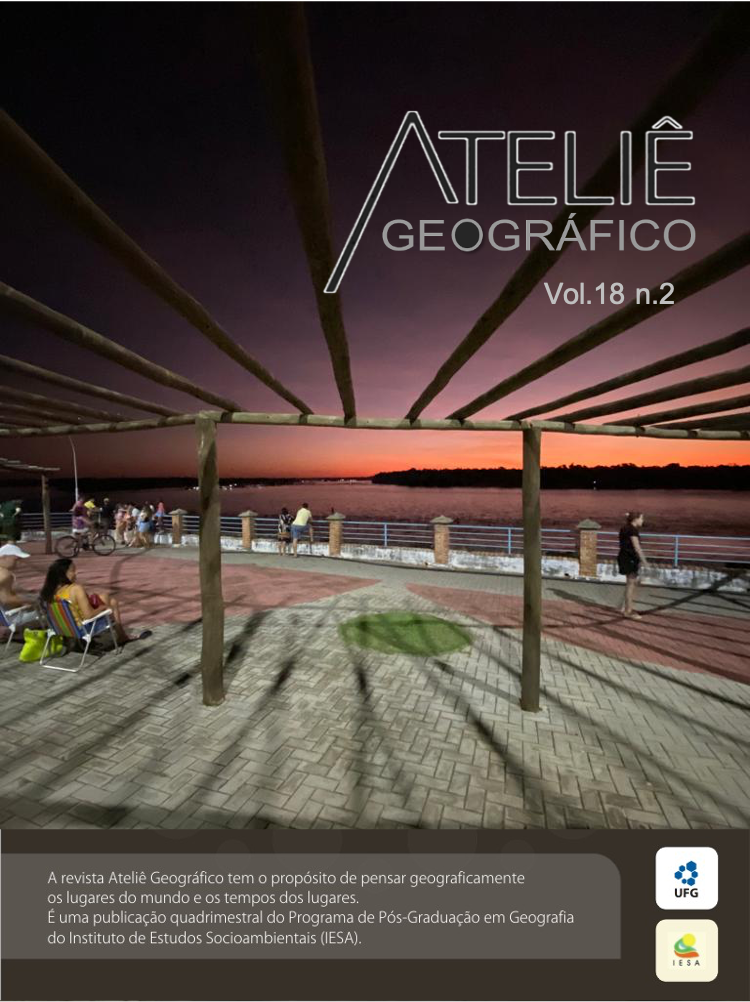Rail transport, commodity flows and sustainable urban development: An appraisal to the complementarity of a ‘Railway Town’ in India
DOI:
https://doi.org/10.5216/ag.v18i2.79150Resumo
The present paper seeks to conceptualise the notion of complementarity with the help of rail-based commodity flow data in one of the most prominent railway towns in India i.e. PanditDeenDayalUpadhyaya Nagar (Mughal Sarai).Referring to the theoretical notion of ‘complementarity’ and a modified form of ‘gravity model’ from the ‘Family of Spatial Interaction Models’, this research puts an intensive discussion forward on the existing nature of spatial interaction of PanditDeenDayalUpadhyaya Nagar (Mughal Sarai)with its complementary areas and a comparison of these areas in terms of their relative complementarity with the town concerned.The resultant outcome in the form of a Complementarity Index, portrays a different, if not entirely contradictory picture from the crude values of material shipments to PanditDeenDayalUpadhyaya Nagar (Mughal Sarai). This analysis thus well-indicates that merely supplying greater amount of commodities of any kind does not necessarily reflect greater complementarity and vice versa. Therefore, a more comprehensive analysis of commodity flows is imperative to have a deeper insight into the notion of spatial interaction.
Downloads
Downloads
Publicado
Como Citar
Edição
Seção
Licença
Autores que publicam nesta revista concordam com os seguintes termos:- Autores mantém os direitos autorais e concedem à revista o direito de primeira publicação, com o trabalho simultaneamente licenciado sob a Licença Creative Commons Attribution que permite o compartilhamento do trabalho com reconhecimento da autoria e publicação inicial nesta revista.
- Os autores não serão remunerados pela publicação de trabalhos na Revista Ateliê Geográfico. Além disso, os conteúdos publicados são de inteira e exclusiva responsabilidade de seus autores, ainda que reservado aos editores o direito de proceder a ajustes textuais e de adequação às normas da publicação.
- Autores têm permissão e são estimulados a divulgar seu trabalho online (ex.: em repositórios institucionais ou na sua página pessoal), já que isso pode gerar alterações produtivas, bem como aumentar o impacto e a citação do trabalho publicado (Veja O Efeito do Acesso Livre).


